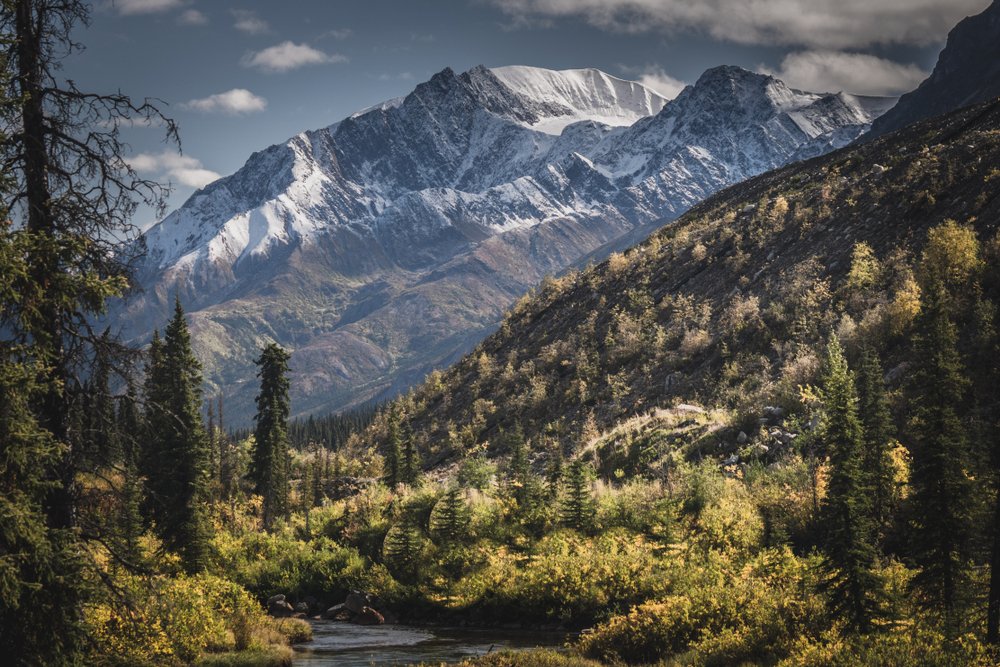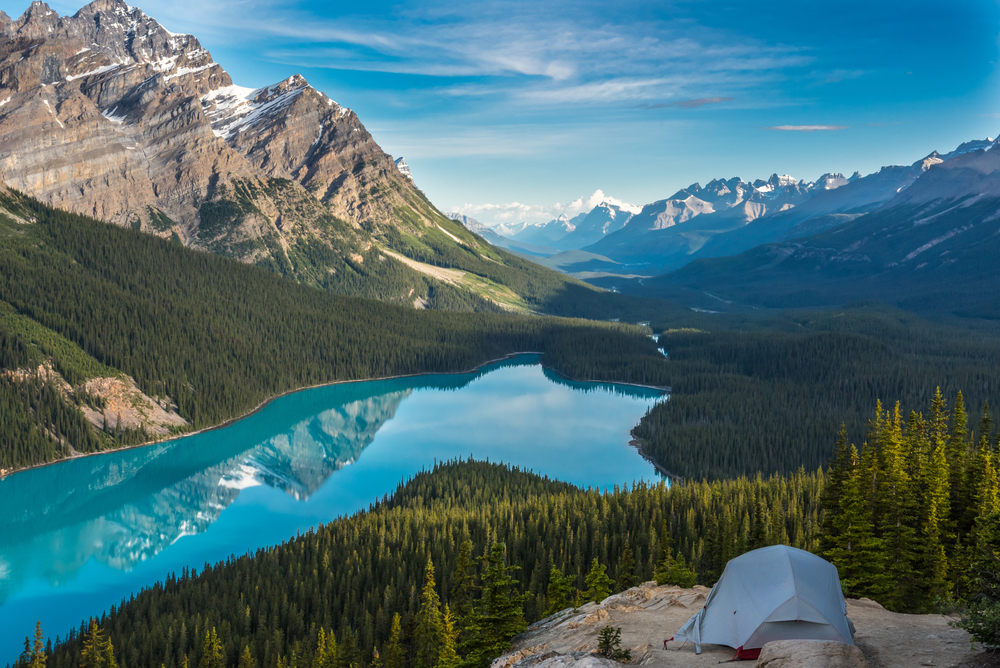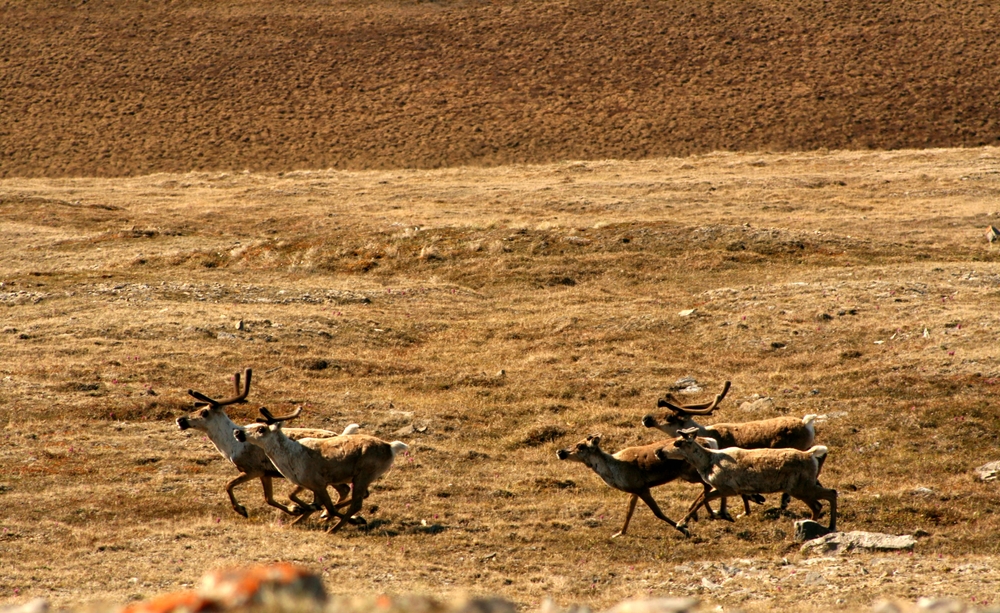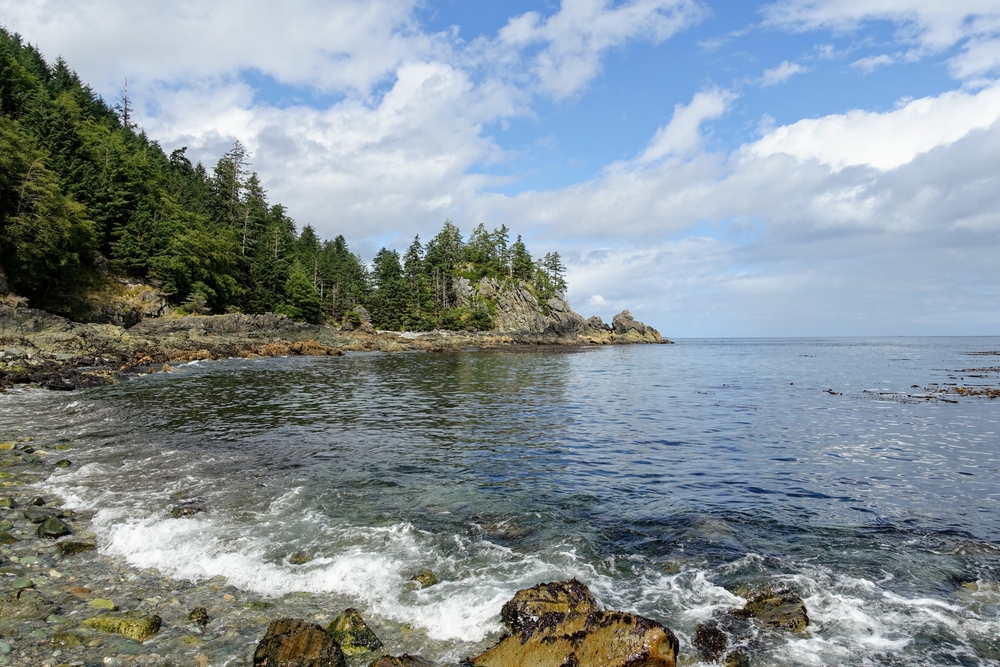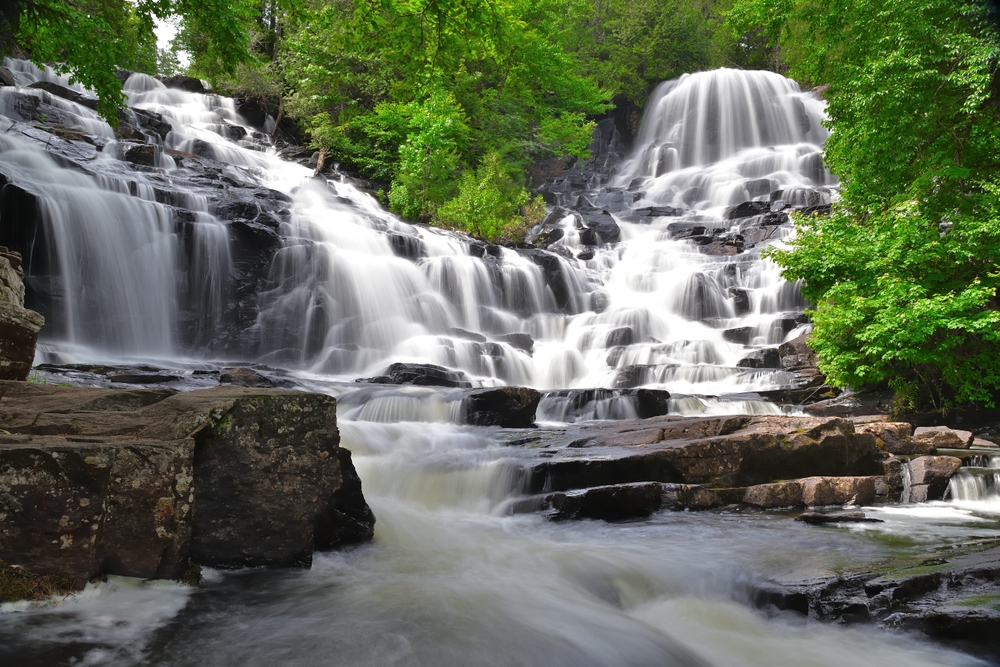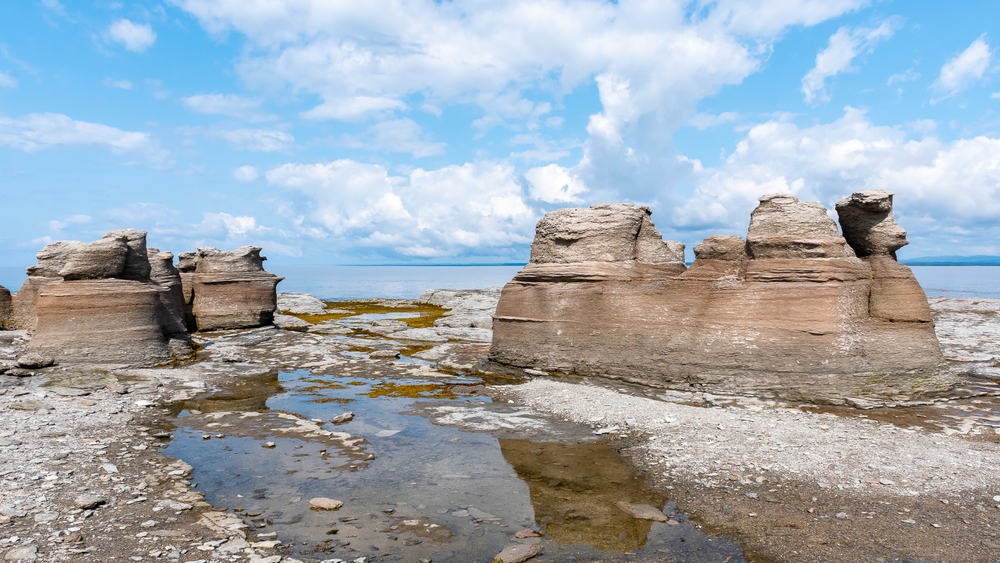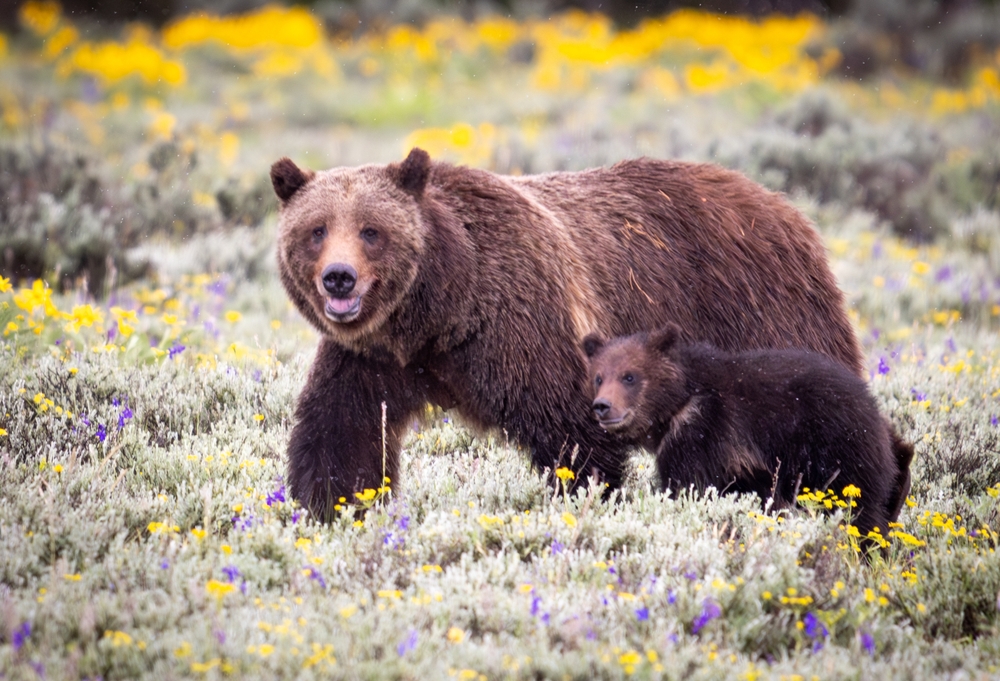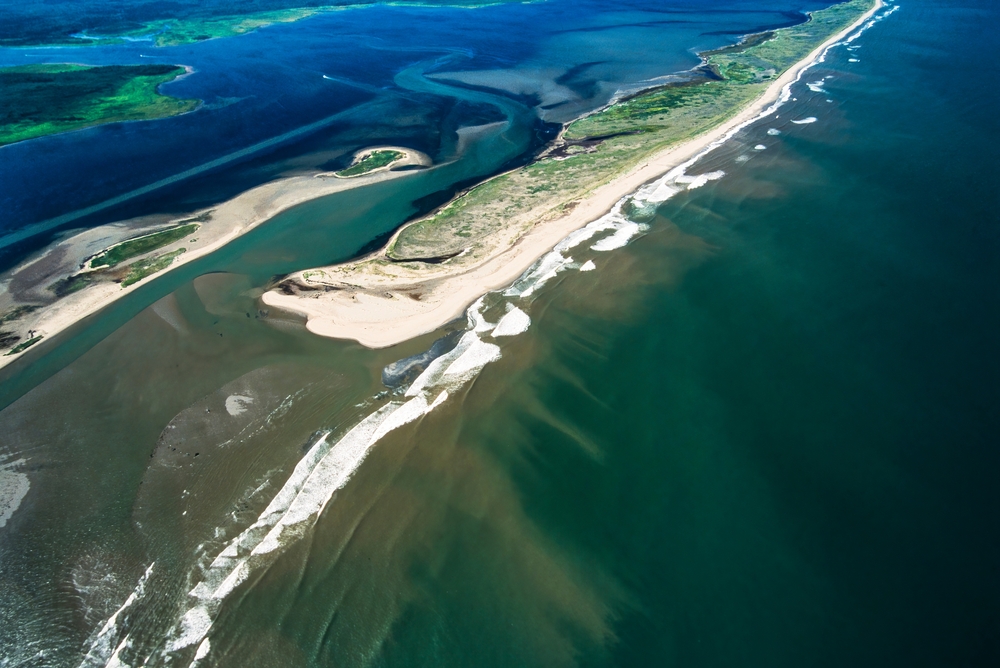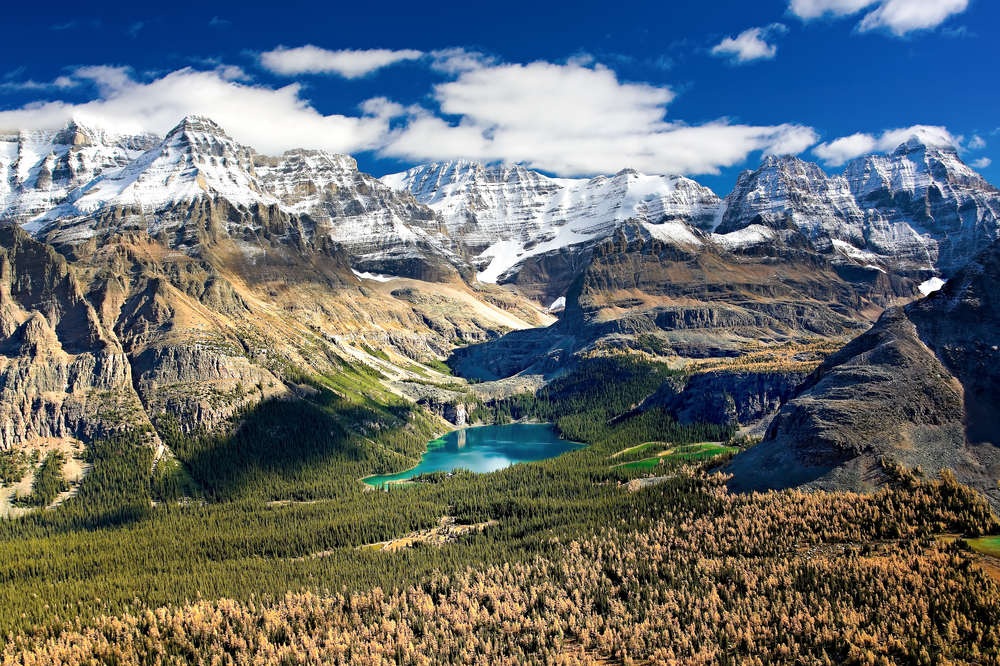Nahanni Overview
Nahanni National Park Reserve, known in the local Indigenous language as Nááhdehé or Naha Dehé, is a remote and breathtaking wilderness area in Canada’s Northwest Territories.
Spanning approximately 11,583 square miles (30,050 square kilometers), this vast expanse of land is one of North America’s most stunning natural landscapes. Located along the South Nahanni River, the park is renowned for its rugged topography, deep canyons, hot springs, and massive waterfalls, offering visitors a glimpse into an ancient and unspoiled environment.
The park’s terrain is dominated by the towering Mackenzie Mountains, with jagged peaks such as Mount Nirvana, the highest point in the Northwest Territories at 9,098 feet (2,773 meters). Among its most iconic features is Virginia Falls, a thundering waterfall that plunges 315 feet (96 meters), nearly twice the height of Niagara Falls.
Below the falls, the river carves through deep canyons, some reaching depths of over 3,300 feet (1,000 meters), creating a dramatic and rugged landscape. The park also contains vast alpine plateaus, boreal forests, and limestone caves, including the Rabbitkettle Tufa Mounds, which are among the largest mineral formations of their kind in Canada.
Vegetation within Nahanni National Park is diverse, reflecting a mix of boreal forest, alpine tundra, and riparian ecosystems. White and black spruce dominate the lower elevations, often mixed with poplar and birch.
Higher elevations transition into alpine meadows filled with wildflowers during the summer months. The park’s hot springs support unique plant life, including rare orchids and ferns that thrive in the mineral-rich, warm environments.
The park is home to an impressive array of wildlife, making it a prime destination for nature enthusiasts. Large mammals such as grizzly bears, black bears, and moose roam the dense forests and river valleys, while mountain goats and Dall sheep navigate the steep cliffs and ridges.
The elusive woodland caribou, a species of conservation concern, can also be found in the park’s remote areas. Birdwatchers will be delighted by the presence of golden eagles, peregrine falcons, and gyrfalcons soaring above the canyons, while waterfowl such as trumpeter swans and harlequin ducks can be seen along the riverbanks.
One of the most popular attractions in the park is paddling along the South Nahanni River, considered one of the world’s premier wilderness rivers. Canoeists and kayakers navigate its challenging rapids, winding through breathtaking landscapes while experiencing the untamed beauty of the park.
Flightseeing tours provide another extraordinary way to take in the stunning scenery, offering aerial views of Virginia Falls, the canyons, and the rugged peaks. Hiking and backcountry trekking opportunities abound, with trails leading to viewpoints, alpine meadows, and geological formations.
The park is also an excellent spot for wildlife viewing and photography, with opportunities to witness some of Canada’s most iconic species in their natural habitat.
Nahanni National Park Reserve faces several conservation challenges, particularly concerning climate change and its impact on wildlife and permafrost. The warming climate threatens the delicate balance of the boreal ecosystem, affecting species distributions and altering the landscape.
However, the park remains a stronghold for wildlife, thanks to stringent protections and Indigenous-led conservation efforts. The park is co-managed by Parks Canada and the Dehcho First Nations, ensuring that traditional knowledge plays a vital role in preserving its cultural and ecological integrity.
These conservation initiatives have contributed to the park’s designation as a UNESCO World Heritage Site, recognizing its exceptional natural and cultural value.








































































